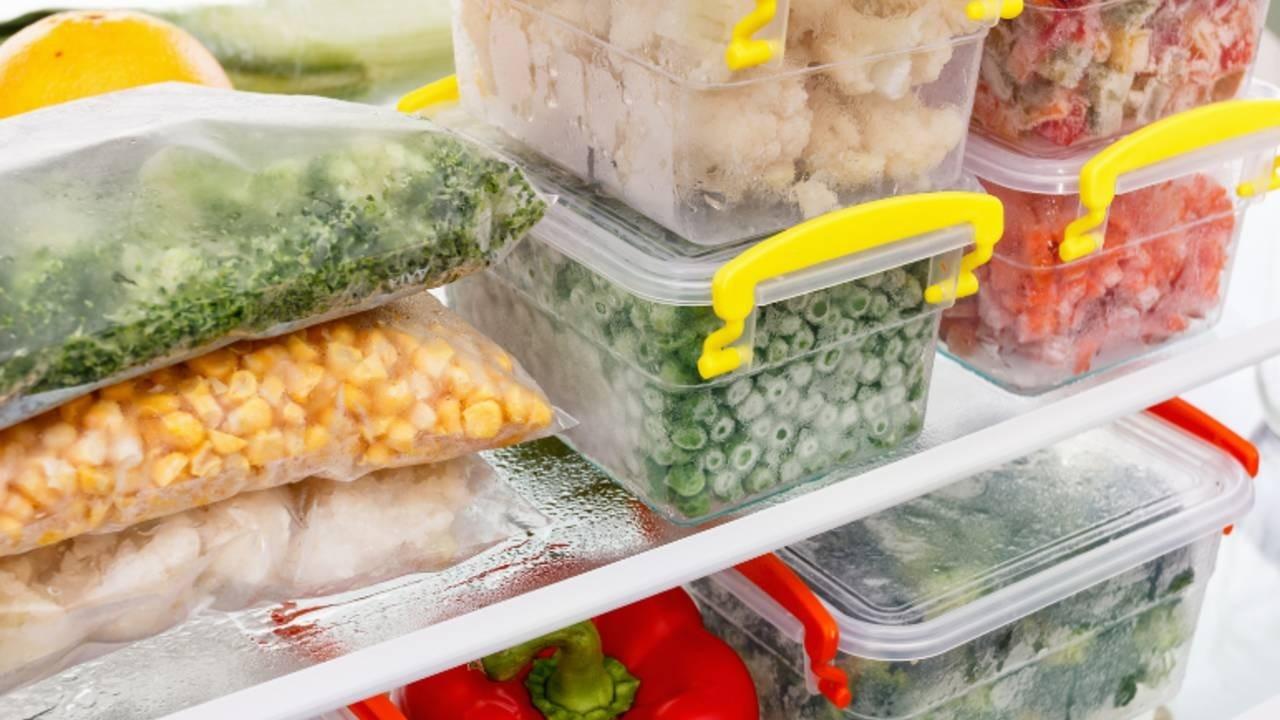Freezing Meals as a Personal Chef

I do receive a lot of questions about freezing foods at meal prep cook sessions.
- What foods can be frozen?
- Do clients often request a month of meals at a time to include freezing some of the meals?
I find that the clients that hire you weekly will rarely request freezer meals. That said, it's a fantastic upsell to offer "freezer add-ons" that could be a batch of meatballs, fresh fruit smoothie prep, or individual lasagnas. This could be in addition (an additional service fee) to the three to five dinners you're already preparing at the cook session.
Commercially frozen vegetables are flash-frozen, which a process of freezing food in just a few hours via cryogenic temperatures or through direct contact with liquid nitrogen at −196 °C. Obviously you do not likely have this type of equipment readily available at your client's home. You can, however, perform a method of flash freezing at home.
Placing two pints of frozen fruit into a freezer bag will cause them to freeze in one giant lump. Later, when you want to make a smoothie and need only a half cup of fruit, the lump is going to be difficult to break up.
Instead, you could spread the fruit into a single layer over a baking sheet, then freeze for a couple hours uncovered. Once the fruit has accumulated a frozen, hardened layer, it can be transferred into a freezer container and won't end up freezing into one giant lump. The same method can be used with cooked or uncooked meatballs, cookies, slices of pie, burgers, and individual lasagna portions.
There are some foods, however, that change greatly in texture when frozen:
- Fruits and vegetables with high water content - celery, cucumbers, lettuce, radishes, and melon will be limp and soggy when thawed
- Cream-based products - sour cream, light cream, yogurt, and custards will separate when frozen
- Soft cheeses - cream cheese, goat cheese, cottage cheese, and other spreadable cheeses will become milly in texture
- Mayo will separate
- Fried foods will be soggy when thawed
- Gravies and sauces thickened with flour or corn starch will separate when frozen
- Cooked pasta will become soggy, but slightly undercooked pasta freezes well
Many of the textural changes that take place in these foods can be masked with the right preparation. Frozen celery in soup won't seem limp. Cream cheese in baked recipes will be just as good as fresh.
Interested in more info about Meal Prep Business 101, click here >>









